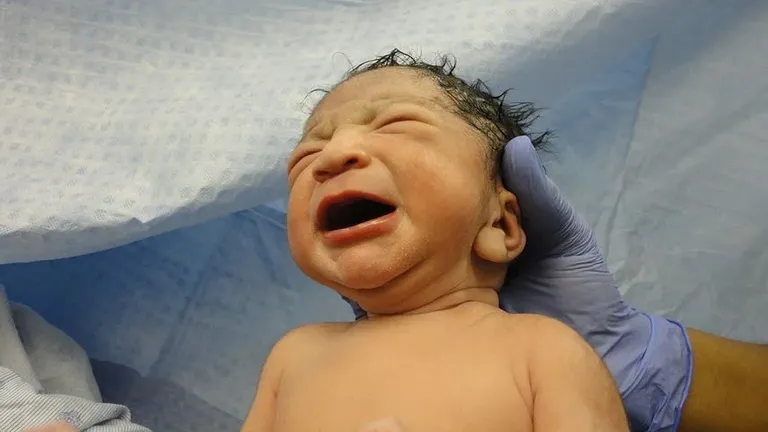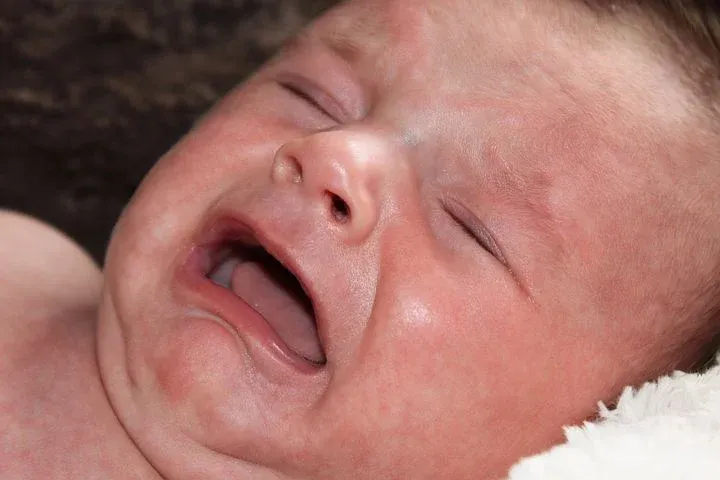THE NEW BORN CHILD.
Hello education community,
I am supper excited to be here after a long break my happiness is that i am back in good health and everything in me is intact. Also happy to see everyone here hearty active
Okay let's go into the main business
Today we are going to look into THE NEW BORN CHILD.
There is a child in almost every family but few people really take a close look to see what the child looks like. At birth the child looks odd because it's head tends to take about 1/4 of the full length of the child. Compared with the adult where the head occupies about 1/20 of the size of the whole body. In the average the child weighs about 6.5Ibs and is about 50cm in length. The boys are usually longer and heavier than the girls.
As soon as a child is born he starts responding to the external world by crying and varying body movements. He is an active organism with well developed reflexes and sensory responses. He reacts in largely organized way to the different elements of the environment. That not withstanding his behavior is dependent on his state of alertness which usually range from regular sleep to unrestricted activities. Sometimes the child may even sleep with his eyes open, so the child may really be asleep while visually his eye are open.
Some children sometimes are inactive which may reflect their state rather than a reflection of physiological malfunction. Some of some worries parents have over the state of their new born children are uncalled for in some cases. The state of the child ranges from crying to sleeping. He is either having regular sleep with eyes closed, or slow but regular respiration with relaxed face and motionless eyelids. A child can also have an irregular sleep even though the eyes may be closed, he may still be stirring and writhing and showing frequent facial expressions with irregular respiration while his eye move recurrently rapid.
At times the child is in a state of drowsiness when he opens and closes his eye intermetently. At this stage he has a regular respiration which are faster compared with when he is alert. At times, he open his eyes and is in full alert and responses to people and objects. The child also cries, and when he cries, he may be communicating his needs to the adults. Some experienced parents especially mothers may understand the message the child tries to convey through crying. A cry may be an expression of anger, it could be demonstrations of a state of hunger or pain. Usually we see a parents or caretaker trying to sooth the child's crying by lifting him up, placing him on his shoulders, throwing and catching him, putting him on a nursing position or carrying him and walking around and also allowing to such something.
Sometimes people argue on how much the child's vision and bearing are functional at birth and early infancy. The potential for differentiating visual fields is always there at birth though the child still needs time for the visual capability to fully mature. The ability of the child for visual sensibility develops rapidly during the first 8 weeks of life. With regards to smell, children can response differentially to varying odours. The child can also respond in a discriminating manner to various gustatory stimuli. For example, a child's sucking of pure water would differ from his sucking of glucose or other types of concentrations of food solutions. A new born child can also discriminate between sounds. Thus the child at birth is capable of visual sensitivity, hearing, smelling and taste though on a low key when compared to adults.
This is where I will drop the curtain for today till I come your way again with another interesting post. Thank you and have a bless and a wonderful week. @ladygospel
One love.
My first post of the year here in education community.


